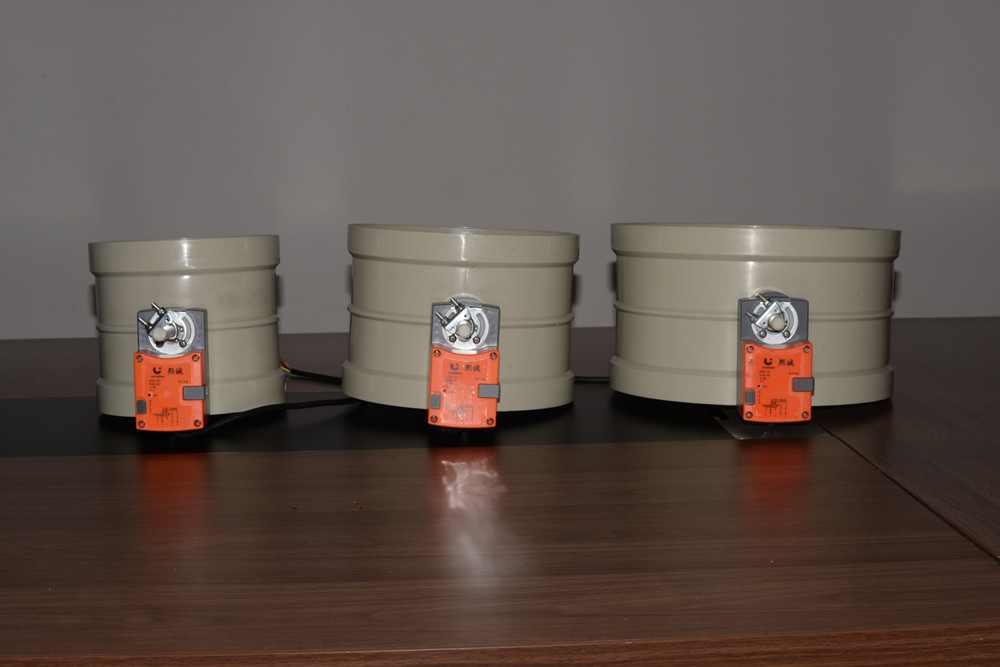Manufacture and use of ventilation damper
Category : Blog
The ventilation damper is a device used to regulate the airflow through a ventilation system. They can be installed in ductwork, ventilation fans and air handling units to control the direction and volume of airflow. The preparation and application of a ventilation damper involves several steps, as described below:
Preparations before making the ventilation damper:
Determine the installation location: The first step in preparing to install the ventilation baffle is to determine the installation location. This will depend on the specific requirements and materials of the ventilation system. If the installation location needs to meet fire protection standards, a fire protection ventilation damper must be installed. In aggressive environments, the corrosion resistance of ventilation dampers must be taken into account.
Choose a damper type: There are several types of ventilation dampers, including leaf dampers, louver dampers, and butterfly dampers. The type of damper selected will depend on the specific requirements of the ventilation system, including the volume and direction of airflow. If there is a high airtightness requirement for the damping valve body, it is necessary to test the sealing performance of the air valve.
Sizing the damper: The size of the damper will depend on the size of the ductwork or ventilation fan that will be installed. It is important to make sure the damper is the correct size to avoid air leakage and reduce noise.
Determine damper material: Vent dampers can be made from a variety of materials, including galvanized steel, aluminum, stainless steel, and plastic. The material selected will depend on the specific requirements of the ventilation system, including temperature and humidity levels. The lowest production cost is plastic ventilation damper, which is widely used in laboratory ventilation system and factory exhaust system. The production cost of stainless steel ventilation damper is high, and it can be used in engineering projects of high-end hotels and office buildings.
Ventilation dampers use:
Installation: Vent baffles should be installed according to the manufacturer’s instructions. The damper should be fastened tightly to the ductwork or ventilation fan to prevent air leakage. Pay attention to the installation direction and connection method of the damper during installation.
Adjustment: Once the damper is installed, it should be adjusted to regulate the flow of air through the ventilation system. This can be done by adjusting the blades or louvers of the damper to increase or decrease the air flow. Adjustment testing must be performed in strict accordance with engineering acceptance criteria.
Maintenance: It is important to maintain your ventilation damper regularly to ensure it continues to function properly. This may include cleaning the blades or shutters of the damper to remove dirt and debris, and lubricating all moving parts to prevent wear. Effective maintenance can prolong the service life of the ventilation damper and reduce the occurrence of unexpected accidents.

To sum up, when choosing a suitable damper for ventilation, it is necessary to purchase according to the actual requirements and standards, and the manufacturer of the ventilation damper will customize the production according to the specific standards of the buyer. The ventilation damper in the ventilation duct system is the main air volume control unit, combined with the temperature sensor and humidity sensor, it can precisely control the indoor air quality.
